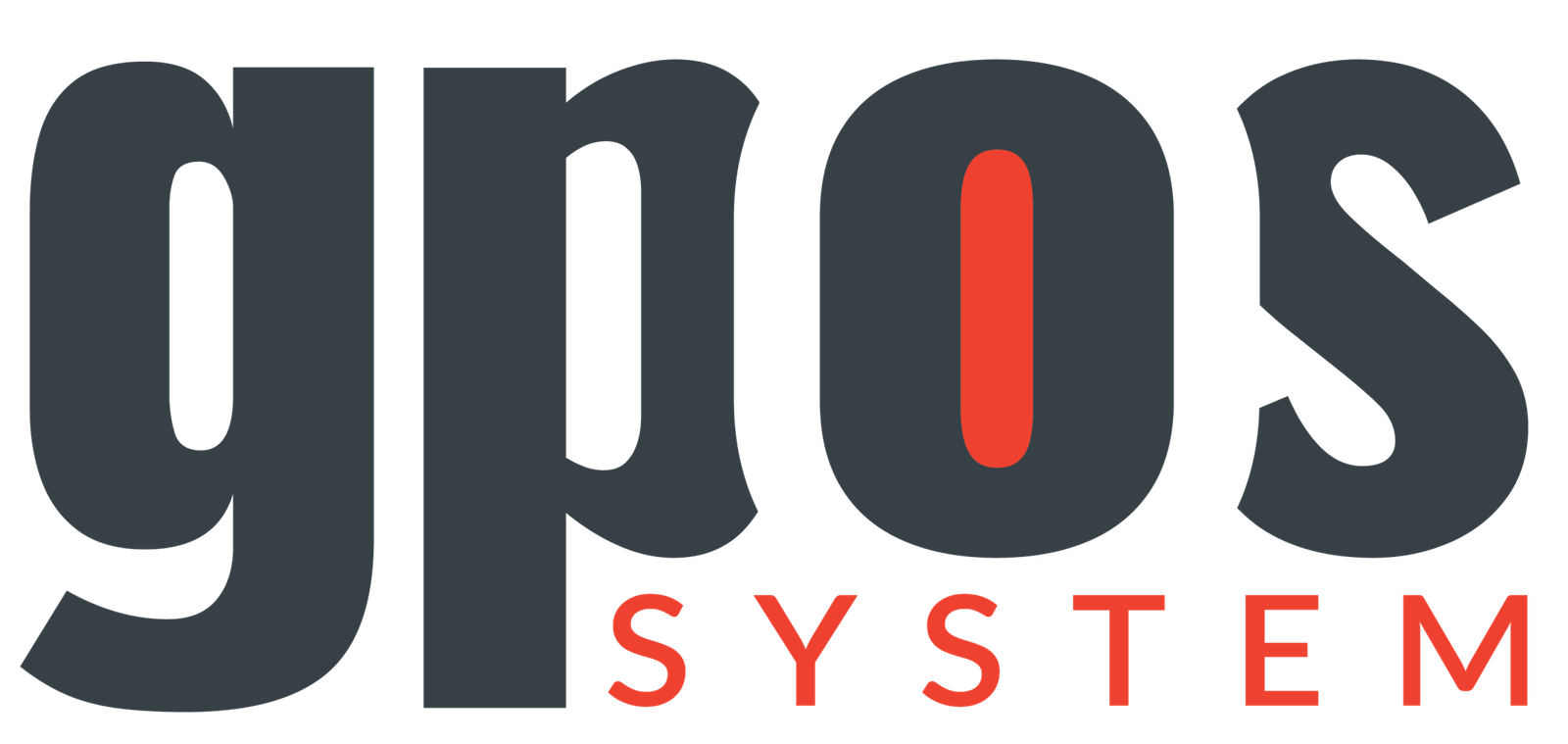How to Manage HRM in GPOS
This tutorial will guide you through the step-by-step process of managing employees and HR activities in GPOS.
🛠️ Why You Need HRM in GPOS
To maintain complete employee records
To track attendance and work shifts
To manage payroll and salaries
To improve staff productivity and reduce manual errors
📋 Steps to Manage HRM in GPOS
✅ Step 1: Go to the HRM Module
Log in to your GPOS dashboard.
From the side menu, navigate to the “HRM” module.
Click on “Employee Management” to get started.
✅ Step 2: Add Employee Details
Click on “Add New Employee.”
Enter basic details like Name, Contact Number, Email, and Address.
Assign job role, department, and joining date.
Save the record to create an employee profile.
✅ Step 3: Manage Attendance & Shifts
Open the “Attendance” section under HRM.
Mark employee attendance manually or integrate with biometric devices.
Create and assign work shifts (morning, evening, night) as per your requirement.
✅ Step 4: Handle Payroll & Salaries
Go to the “Payroll” option in HRM.
Define salary structure for each employee (Basic, Allowances, Deductions).
Generate monthly salary slips automatically.
Record advance payments, bonuses, or overtime.
✅ Step 5: Track Performance & Leaves
Use the “Performance” section to record employee achievements and feedback.
Manage leave requests and approvals directly from the HRM panel.
Track leave balances for each employee.
✅ Step 6: Save and Generate Reports
After updating employee details, attendance, and payroll, click “Save.”
Generate detailed HR reports for Attendance, Payroll, or Employee Directory.
All updates reflect in real-time across your system.
🔐 Important Notes
Only HR managers or authorized users can access employee records.
Every update is logged to ensure data security and accountability.
🎯 Tips
Regularly update employee profiles to keep records accurate.
Use biometric or RFID integration for error-free attendance.
Automate payroll to save time and avoid miscalculations.
By following these steps, you can efficiently manage employees, attendance, payroll, and HR activities within GPOS — making your workforce management smarter and hassle-free.
